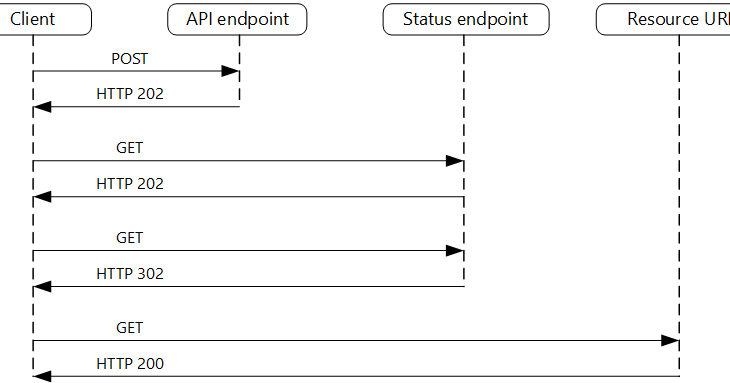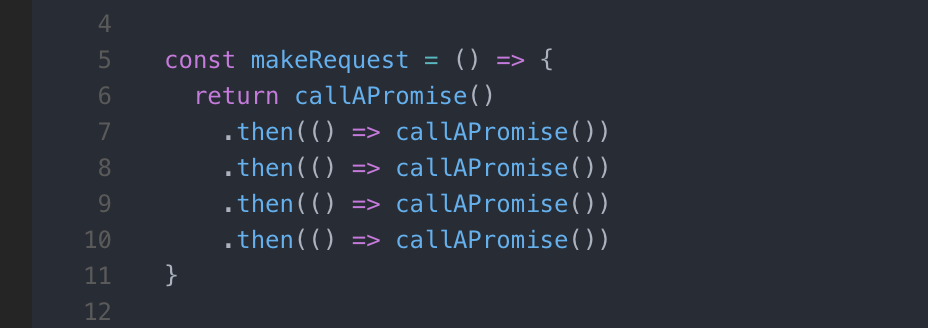
One of the most popular synchronous communications between microservices is done using REST calls. The difference between them is that, as stated in the definition, asynchronous means we don’t wait for an immediate response from the service we are calling, while synchronous means we wait for the response. Using the annotation will allow us to choose which events to be treated synchronous and which asynchronous.Īt the microservices level we can also have a synchronous or asynchronous communication. It would be helpful to use the configuration bean method when we don’t want to miss an annotation on a method, but be aware that this approach will make asynchronous all the event treatment, even the framework events. When this bean is in place, annotating every EventListener with is unnecessary, and all the events will be treated on a different thread.

Instead, we can specify how many threads it can have and it will reuse these threads during the lifetime of the application. They use different ThreadPools and are used because there’s no need to manually create a thread. However, when we do a thread.start() a new thread will be created.įor a better management of threads in JDK 1.5 we can find Executors. The difference is when the run method is called directly from a Runnable there won’t be a new thread created, instead it will run on the thread which is calling. Any class can implement Runnable and override the run() method or can extend Thread and do the same. The first way to implement async in Java is to use the Runnable interface and Thread class which is found from JDK 1.0. They can do it at the same time, neither they have to wait for one to finish in order for the other one to start.

#Java async http client software
Asynchronous programming is a vast topic, one that has been widely discussed, yet software engineers still look for ways to implement and integrate it into applications.Īs a Senior Software Engineer, I’ve found myself being curious about how I can do many things at once and I believe that I am not the only one asking this question.


 0 kommentar(er)
0 kommentar(er)
